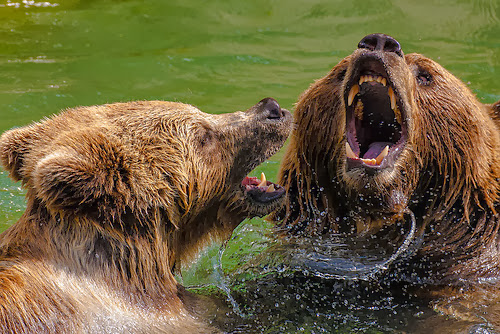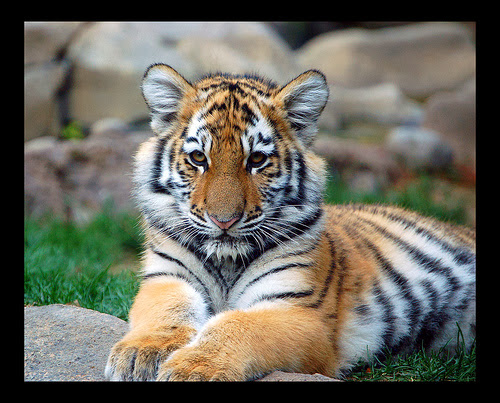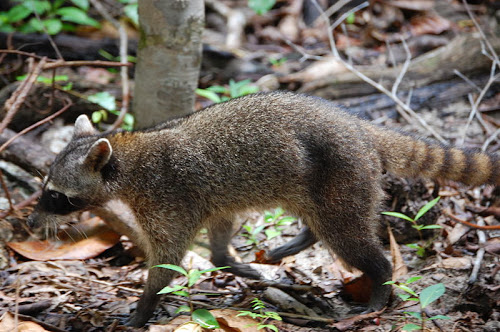Carnivores are considered the most fearless and ferocious creatures that humans have ever known. They have the built, power and stamina to lord it over hapless prey. These killing machines are gifted with special sensors, including an acute sense of smell, greater eye vision and ferocious teeth that comes in very handy for the kill. And they are blessed with swift, and graceful moves, adding to their predatory skills. Read on to learn more about these carnivores.
Generally, carnivores, whether they are mammals, reptiles, insects or birds are meat-eaters. We will focus on a specific type of mammal that comprises the order Carnivora –which human deemed fascinating creatures.
Built to Hunt
These carnivores are bunched together, for they all share a common characteristic –they strive for meat. However, not all of them are considered highly or specialized predators. For example, the Giant Panda is considered herbivore for it feeds on bamboo shoots. Bears and badgers are omnivores since they will eat anything edible. Nevertheless, these animals shared common features with true predators, thus are included in the same group as that of the carnivores. Shapes and sizes don’t matter, true carnivores share certain basic characteristics.
Almost all carnivores share similar tooth structure. On each side of its top and bottom jaw, true carnivore has a prominent canine tooth, three incisor teeth, four small premolar teeth used for grinding, and three molars. In general, the pointed teeth (canine) are larger and much developed that the cutting teeth (incisor.) Canine teeth are very important weapons, acting as fangs to pierce the main arteries of the prey.
The smaller grinding teeth (molars) looking like sharp, blade-like stuffs function as meat cutter or a slicer. With less mobile and with small grinding teeth, carnivores rely mainly on its specialized tooth structure to break down the meat into chewable chunks. Also, the tongue specially that of cats are equipped with horny, backward-facing tooth-like bumps.
Mobility and speed is a must for carnivores! In their case, a skeleton with very restricted features is in place. A large collar bone for instance, can impede its body mobility, thus true carnivore has small collarbone or in some species physically absent. Carnivores typically differ in how they move or walk. There are two main types: the plantigrade species and the digitigrade species. Plantigrade -type of carnivores stamp the soles of their feet on the ground when walking, while the digitigrade-type ones walk on their toes. Digitigrades like dogs and wolves are better adapted for running.
A Sense of Survival
It is very important for carnivores have a good sense of sight, hearing and smell in order to survive in the wild. However, the need for these senses differ from animal to animal.
Most of these meat-seekers hunt by night, and a good eyesight that could see prey at some distance is a must. Dogs and cats adapt to night vision: they have “taperum” an extra layer of reflective fibrous cells over the retina. These special cells concentrate or redirect the amount of light that enters the eyes. This is the reason why cats and dog”s eyes glow at night.
A number of carnivores do their hunting in dense vegetation using upgraded sense of hearing and smell. The changed is very noticeable in the species ear size and shape. Some species, like the fox, have directional ears, good at pinpointing the sound source with great clarity and accuracy.
Other body parts aids carnivores to attain a very delicate sense of touch. Raccoons whiskers augment the animals need for a keen sense of smell. Also, these animals have sensitive nerve endings on the soles of their feet.
For small carnivores like the Coati (Nasua narica) of Central America, having to blend well with its surroundings is very essential tool for survival. The ability to change color (camouflage) enables the animal to creep up on its prey unseen. Also, it serves as a defense mechanism to escape or free from harm from bigger predators.
An Individual Identity
Since almost all carnivores are gifted with an acute sense of smell marking out the boundaries of its territory will come in very helpful. These fearless animals emit special and identifiable scents and rub a certain part of its body against any object to mark out the scope of its territory. In some species, these foul-smelling scents serve as a defense mechanism against larger predators. Some species like the skunks and polecats produce these scents through glands in the skin.
Carnivores hunting style differs from species to species: lions go for ambush, cheetahs go for swift and stealthy pursuits and coyotes wolves and dogs leap on their prey.
But there is one carnivore species that has the most adaptable hunting skills. The Crab – eating Raccoon can climb well and swim well in pursuit of its prey. It lives in areas near marshes, rivers and lakes — makes its home in the trees.












They are beautiful creatures but scary and deadly!
I must be one of those animals in my past life because I am fearless. Well, sort of. Haha!
Another interesting facts from your site Kuya and I don't even have to check the wiki anymore. 🙂 It's great to know all these information condensed in one article.
Never seen any of these animals in real life. I wonder what would be my reaction if I ever see one in our backyard. lol